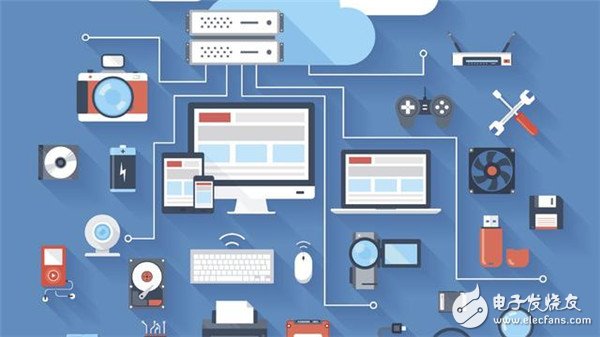When the driver has an operational error, the car will automatically alarm; the briefcase will remind the owner to forget what to bring; the clothes will "tell" the washing machine's requirements for color and water temperature, etc., which was described in a report of the International Telecommunication Union. The picture of the "Internet of Things" era. In the end, what is the Internet of Things? In short, the Internet of Things is an identifier that can store object information by embedding electronic tags, barcodes, etc. on the item, and sending its instant information to the background information processing system through the wireless network. Major information systems can be interconnected to form a vast network. Therefore, the purpose of implementing intelligent management such as tracking and monitoring of articles can be achieved. Generally speaking, the Internet of Things can realize the communication of information between people and things.
And through the Internet of Things (IoT) and the day-to-day transactions in the digital age, data is at the heart of the business, and data opens up opportunities for new sources of revenue, creating the foundation for more attractive customer relationships and providing the potential for business. Sex. According to IDC and EMC research, data is growing at an explosive rate, doubling every two years, and is expected to grow from 4.4 trillion Gbytes in 2013 to 44 trillion Gbytes in 2020.

The Internet of Things represents the future development of human society. All enterprises are actively expanding into the Internet of Things. However, due to the limitations of existing systems and IT infrastructure, existing software and hardware facilities are insufficient to meet their updated business. demand. They need a platform optimized from the ground up to handle the analysis of large amounts of data in real time and provide the flexibility and scalability needed for the current pace of change. Recently, the world's technology giants IBM and SAP announced a strong alliance, using SAP HANA memory relational database technology and application platform, together with IBM's Power Systems hardware and service series, to provide enterprises with higher speed and more advanced analysis operations. Excellent data management and even support flexible, on-demand capacity to easily meet changing business needs and adapt to ongoing business fluctuations.

IBM Power Systems for SAP HANA leverages its flexibility in a number of ways. First, virtualization is supported out of the box, allowing multiple SAP HANA virtual machines to be consolidated onto a single IBM Power Systems server, including production and non-production workloads, and virtual systems used in the event of a system failure. This approach reduces capital expenditures and ensures that capabilities are not idle. With standard features such as dynamic capacity tuning and load balancing, organizations can easily adapt to the IBM Power Systems for SAP HANA environment, changing business needs and different workloads. They can even redistribute unused capacity from production to other use cases, such as development or user acceptance testing.

In terms of resiliency, IBM Power Systems' default architecture supports a range of enterprise-class reliability features, including virtualization out of the box for efficient failover in the event of a system failure. Proactively warn companies of problems so they can initiate corrective actions before they occur.
The performance of the hardware becomes critical when analyzing IoT applications. IBM Power Systems provides four times the memory bandwidth of the x86 architecture, which facilitates memory-intensive SAP HANA operations. Each Power System processor core can execute up to eight concurrent threads, while a typical x86 platform has only two threads per core. .

In addition, due to the larger processor cache of the IBM hardware system, it provides an advantage for long-term operation of the power supply. This feature ensures that data is continuously fed to the available processors and meets the fast response for large-scale real-time transactions.

The two world technology giants, IBM and SAP, hope to pass their strong alliances to help more companies embrace the Internet of Things economy as soon as possible and change the lives of human beings.
gree , https://www.greegroups.com
